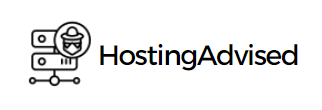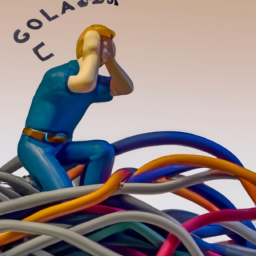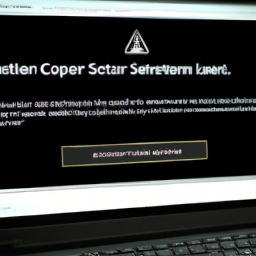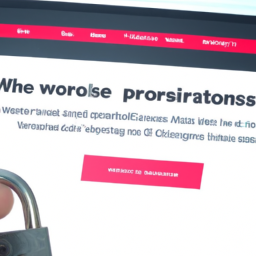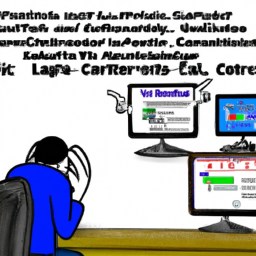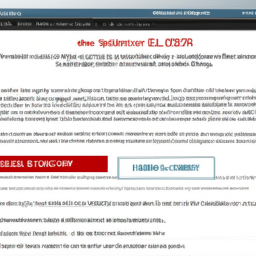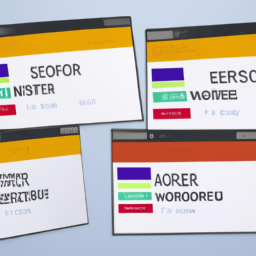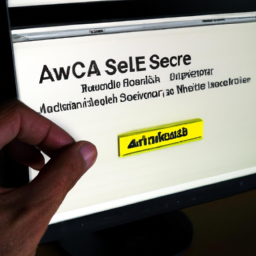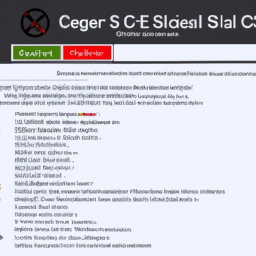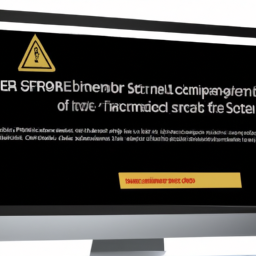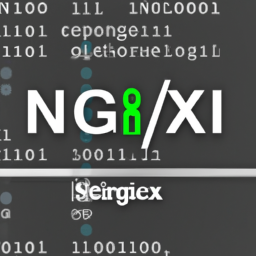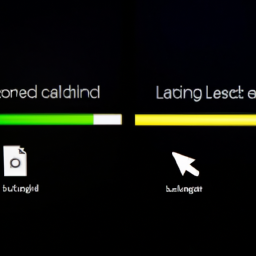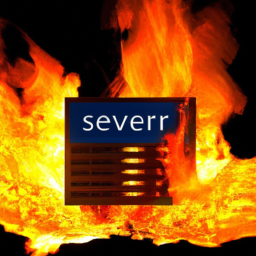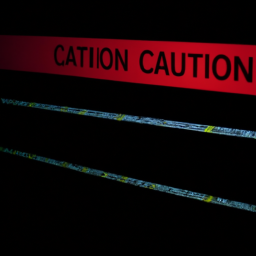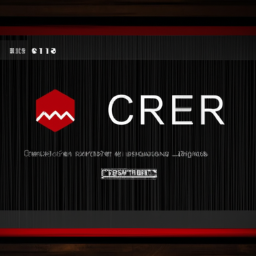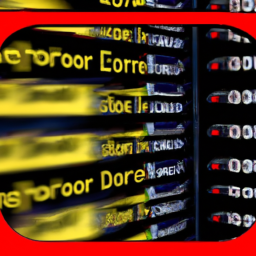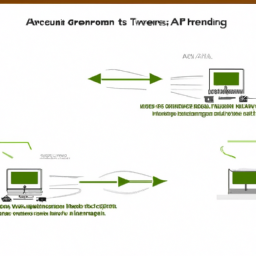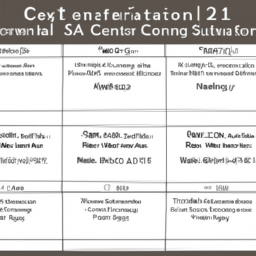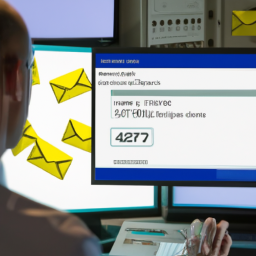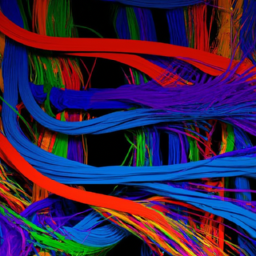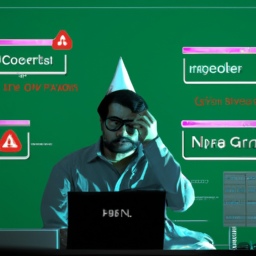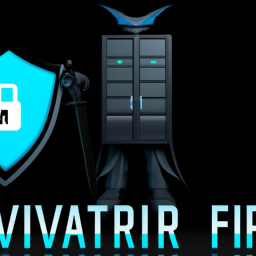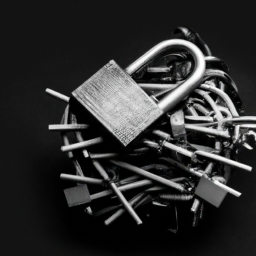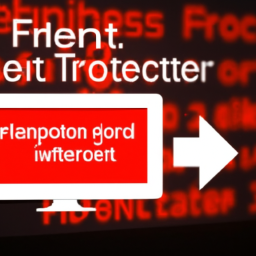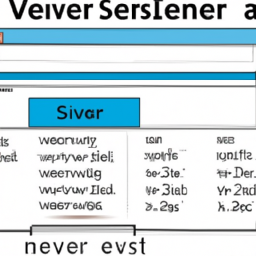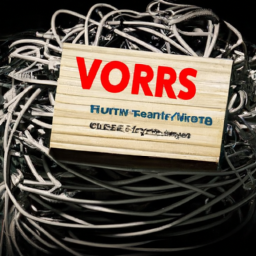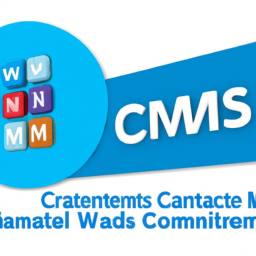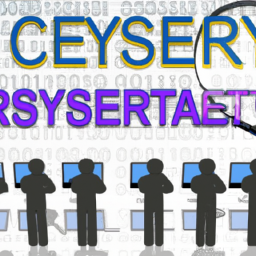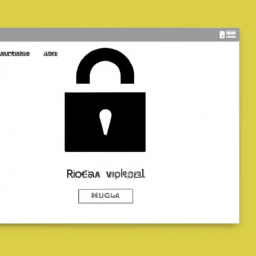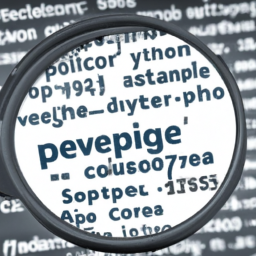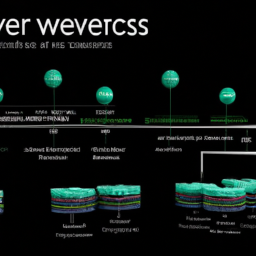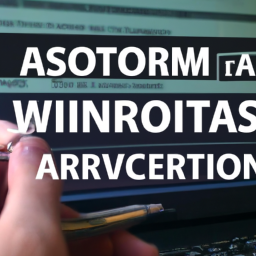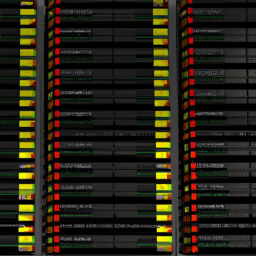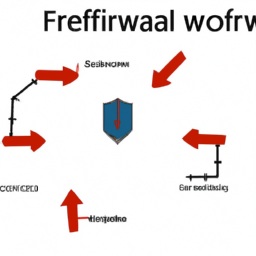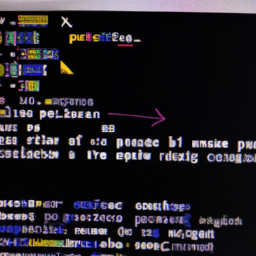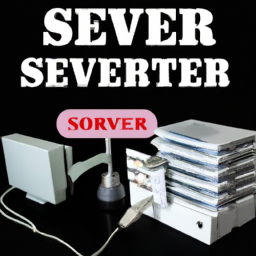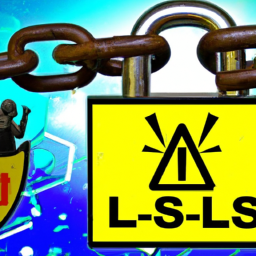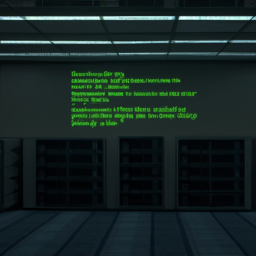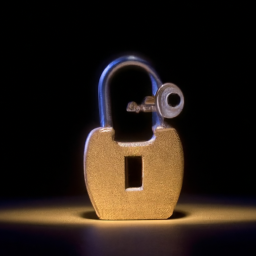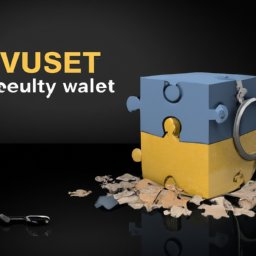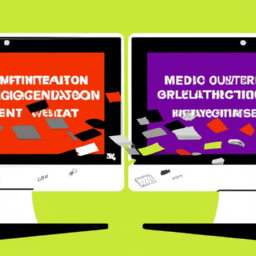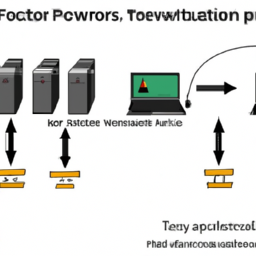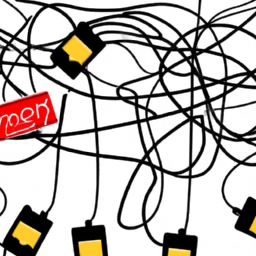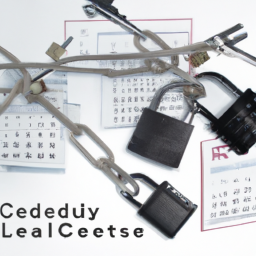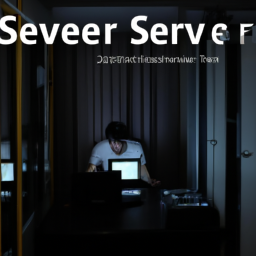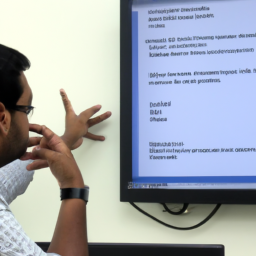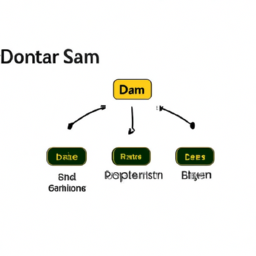Have you ever found yourself in a sticky situation when it comes to SSL certificate installation? Don’t worry, you’re not alone. Like trying to fit a square peg in a round hole, troubleshooting SSL certificate installation can be a challenging task. But fear not, because we’ve got you covered with this comprehensive guide.
In this article, we will delve into the nitty-gritty of SSL certificate installation and equip you with the knowledge and tools to troubleshoot any issues that may arise along the way. From understanding the basics of SSL certificates to checking for common installation errors, from troubleshooting certificate chain issues to verifying DNS and server configurations, and even tackling the pesky problem of mixed content – we’ve got it all covered.
So, whether you’re a seasoned IT professional or just dipping your toes into the world of SSL certificates, this guide is here to help you navigate through the complexities and get your SSL certificate up and running smoothly.
Let’s dive in and unravel the mysteries of SSL certificate installation troubleshooting!
Key Takeaways
- SSL certificate installation can be challenging, but there is a comprehensive guide available to help troubleshoot any issues.
- Common installation errors can be avoided by double-checking the certificate installation, checking the server configuration, validating the certificate chain, and testing for compatibility issues.
- DNS resolution and server configurations should be verified to ensure proper SSL/TLS communication.
- Seeking professional help is important for troubleshooting SSL certificate installation and resolving mixed content issues effectively.
Understand the Basics of SSL Certificates
You need to understand the basics of SSL certificates so you can confidently troubleshoot any issues that arise during installation.
SSL certificates come in different types such as domain validation (DV), organization validation (OV), and extended validation (EV). Each type has its own level of validation and security features.
During the SSL certificate validation process, the certificate authority (CA) verifies the identity of the website owner and the ownership of the domain. This ensures that the website is legitimate and secure.
Understanding this process is crucial in troubleshooting any errors that may occur during installation.
Now that you know the basics of SSL certificates, it’s time to move on to the next section and check for common installation errors.
Check for Common Installation Errors
Mistakes during the installation process can lead to frustrating errors that can cause major headaches. To avoid these issues, it’s important to check for common installation errors when setting up an SSL certificate. Here are four common troubleshooting techniques to help you resolve SSL handshake errors:
-
Verify the certificate installation: Double-check that the certificate is installed correctly and matches the private key.
-
Check the server configuration: Ensure that the server is properly configured to use the SSL certificate and that all necessary files are in place.
-
Validate the certificate chain: Make sure the certificate chain is complete and properly configured, including all intermediate and root certificates.
-
Test for compatibility issues: Use SSL testing tools to identify any compatibility problems with the certificate installation.
By following these common troubleshooting techniques, you can resolve SSL handshake errors and ensure a smooth installation process.
Next, we’ll discuss how to troubleshoot certificate chain issues.
Troubleshoot Certificate Chain Issues
Ensure a smooth and worry-free SSL installation by addressing any potential issues with the certificate chain. One common problem is a certificate chain error, which occurs when the server is unable to validate the SSL certificate due to missing or incorrect intermediate certificates. To troubleshoot this issue, you need to identify the missing intermediate certificate and resolve the chain error. Start by checking if the intermediate certificate is properly installed on the server. If not, download and install the correct intermediate certificate from the certificate authority’s website. Additionally, verify that the intermediate certificate is in the correct format and that the server configuration points to it correctly. By troubleshooting intermediate certificate and resolving certificate chain errors, you can ensure a secure and functional SSL installation. Moving forward, let’s now verify DNS and server configurations.
Verify DNS and Server Configurations
To ensure proper DNS resolution, you need to verify that the domain name associated with the SSL certificate resolves to the correct IP address. This can be done by using tools like nslookup or dig.
Additionally, you should check the server compatibility and configuration to ensure that it meets the requirements for SSL/TLS communication. This includes verifying that the server supports the necessary protocols and cipher suites.
Finally, it’s crucial to test the SSL/TLS protocols and cipher suites to ensure they’re correctly implemented and provide the desired level of security. This can be done by using tools like SSL Labs or Qualys SSL Server Test.
Ensure proper DNS resolution
Investigate whether your DNS settings are causing issues with SSL certificate installation. It can be frustrating when you encounter problems with the SSL handshake or SSL connection errors. To ensure proper DNS resolution, follow these steps:
-
Check the DNS records: Verify that your domain’s DNS records are correctly configured and pointing to the right IP address.
-
Test DNS resolution: Use a tool like nslookup to check if your domain resolves to the correct IP address. Make sure there aren’t any discrepancies.
-
Clear DNS cache: Flush the DNS cache on your local machine to eliminate any outdated or incorrect information.
By addressing these DNS-related issues, you can troubleshoot SSL certificate installation problems effectively.
Now, let’s move on to the next section where we’ll check server compatibility and configuration.
Check server compatibility and configuration
Now let’s explore if your server is compatible and properly configured for a seamless SSL experience. Server security is crucial when it comes to SSL certificate installation. Ensure that your server meets the necessary security requirements to protect your website and users’ data. Additionally, it is important to check if your server configuration supports the SSL certificate you are installing. This includes verifying that the server supports the appropriate encryption protocols and cipher suites required for SSL/TLS connections. A misconfigured server can lead to security vulnerabilities and potential certificate expiration issues. To help you assess your server’s compatibility and configuration, refer to the table below:
| Server Security | Certificate Expiration |
|---|---|
| Check firewall settings | Set up automatic certificate renewal |
| Enable secure protocols (TLS 1.2 or higher) | Monitor certificate expiration dates |
| Implement strong cipher suites | Configure email notifications for upcoming expirations |
| Regularly update server software | Keep track of certificate revocations |
By ensuring server security and proper configuration, you can mitigate potential SSL issues and provide a secure browsing experience for your website visitors. In the next section, we will discuss how to test SSL/TLS protocols and cipher suites.
Test SSL/TLS protocols and cipher suites
Ensuring server security and proper configuration is crucial in order to provide a secure browsing experience for website visitors. Thus, it’s important to test the compatibility and effectiveness of SSL/TLS protocols and cipher suites.
Testing SSL/TLS vulnerabilities is essential to identify any potential weaknesses or vulnerabilities in the encryption protocols. By analyzing cipher suite configurations, you can determine the strength and compatibility of the encryption algorithms used. This involves checking for supported protocols, cipher suites, and key exchange algorithms.
Additionally, it’s important to ensure that weak or outdated protocols and cipher suites are disabled to prevent potential security breaches. By thoroughly testing SSL/TLS protocols and cipher suites, you can enhance the security of your server and protect sensitive information.
Now, let’s move on to troubleshooting mixed content issues.
Troubleshoot Mixed Content Issues
To fix mixed content issues, you gotta make sure all your resources are loaded securely. Here are some steps to help you resolve HTTPS errors and fix insecure content:
-
First, identify the insecure content on your website. Use the browser’s developer tools or online tools like SSL Server Test to find HTTP requests.
-
Update the URLs of the insecure content to use HTTPS. This can be done manually or using plugins like Really Simple SSL.
-
Check if any external resources, such as images or scripts, are still loading insecurely. Update their URLs to HTTPS as well.
-
Finally, clear your website cache and test it again to ensure all content is loaded securely.
If you’re still facing issues, it may be time to seek professional help. A certified SSL expert can assist you in troubleshooting and resolving any remaining mixed content issues.
Seek Professional Help if Needed
If you’re still struggling with mixed content issues, it’s time to bring in the experts who can help you resolve them. Seeking assistance and professional support is crucial when troubleshooting SSL certificate installation.
Sometimes, despite your best efforts, the underlying cause of the problem may be difficult to identify or resolve on your own. By reaching out to professionals, you can benefit from their expertise and experience in dealing with complex SSL issues. They have the necessary tools and knowledge to investigate the problem thoroughly, pinpoint the exact cause of the mixed content issues, and provide effective solutions.
Their technical prowess allows them to analyze your website’s code, identify insecure resources, and help you fix any configuration errors. So, don’t hesitate to seek professional help if needed to ensure a secure and error-free SSL certificate installation.
Frequently Asked Questions
What are the different types of SSL certificates available and which one should I choose for my website?
When choosing an SSL certificate for your website, it’s important to consider the different types available.
One interesting statistic is that wildcard SSL certificates are a popular choice, covering multiple subdomains with just one certificate. They offer convenience but can be more expensive.
Free SSL certificates have gained popularity too, but they may lack some advanced features and support.
Paid SSL certificates, on the other hand, provide enhanced security and customer support.
Consider your website’s needs and budget when making a decision.
How do I renew an SSL certificate and what is the process for updating it on my server?
To renew an SSL certificate, you must follow a specific renewal process. Start by contacting your certificate authority (CA) and submit a renewal request. They’ll verify your domain ownership and issue a new certificate.
Once you receive the renewed certificate, the updating procedure on your server involves replacing the old certificate with the new one. This ensures the continued security and encryption of your website’s data.
Can I install multiple SSL certificates on a single server for multiple domains?
Yes, you can install multiple SSL certificates on a single server for multiple domains. When using Docker, you can easily manage and install SSL certificates for each domain. By mapping the SSL certificates to the appropriate container, you can ensure that each domain has its own secure connection.
However, it’s important to be aware of potential troubleshooting issues that may arise, such as SSL certificate errors.
What are the potential security risks of not having an SSL certificate installed on my website?
Not having an SSL certificate installed on your website can be a catastrophic security nightmare. The potential consequences include exposing sensitive user data to hackers, risking financial loss, and damaging your brand’s reputation.
SSL certificates play a crucial role in encrypting data transmitted between your website and users, ensuring confidentiality and integrity. They are essential for establishing trust and protecting your website from malicious attacks.
Don’t underestimate the importance of SSL in safeguarding your online presence.
How can I test the SSL certificate installation to ensure it is working correctly and providing secure connections?
To test the SSL certificate installation and ensure secure connections, there are a few key steps to follow.
First, check for common errors such as mismatched domain names or expired certificates. Fix these issues by updating certificate details or renewing the certificate.
Next, verify that the SSL/TLS handshake process is functioning correctly.
Additionally, perform regular maintenance tasks like monitoring certificate expiration dates and staying updated on best practices for SSL certificate management and maintenance.
Conclusion
In conclusion, troubleshooting SSL certificate installation requires a thorough understanding of the basics of SSL certificates. It also requires careful checking for common installation errors and troubleshooting certificate chain issues.
In addition, it is important to verify DNS and server configurations and resolve any mixed content issues. If needed, seeking professional help is recommended.
Remember, SSL certificate installation is a delicate process that demands attention to detail and precision. Just like a skilled surgeon in the operating room, you must navigate through the complexities of SSL installation to ensure a secure and seamless browsing experience for your users.
